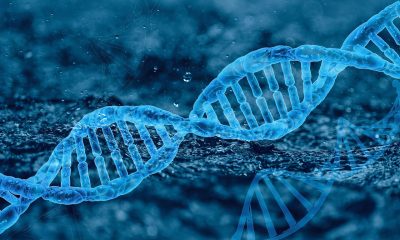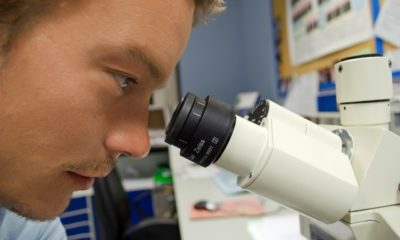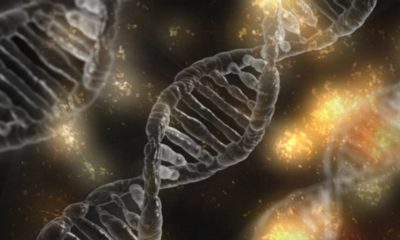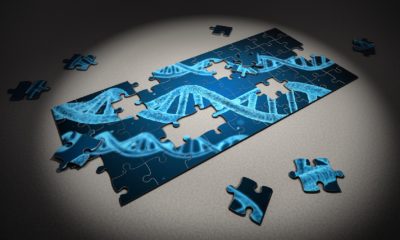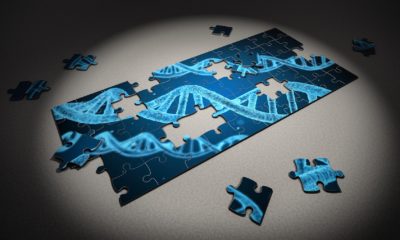Biotech
Breakthrough Gene Therapy Offers Hope for Deadly Genetic Heart Disease
CNIC researchers have developed a promising gene therapy for ARVC5, a lethal genetic heart disease. By delivering a healthy TMEM43 gene via AAV vectors, they improved heart function and lifespan in mice. This breakthrough offers hope for a cure, especially for young men, and may lead to therapies for other inherited cardiomyopathies.
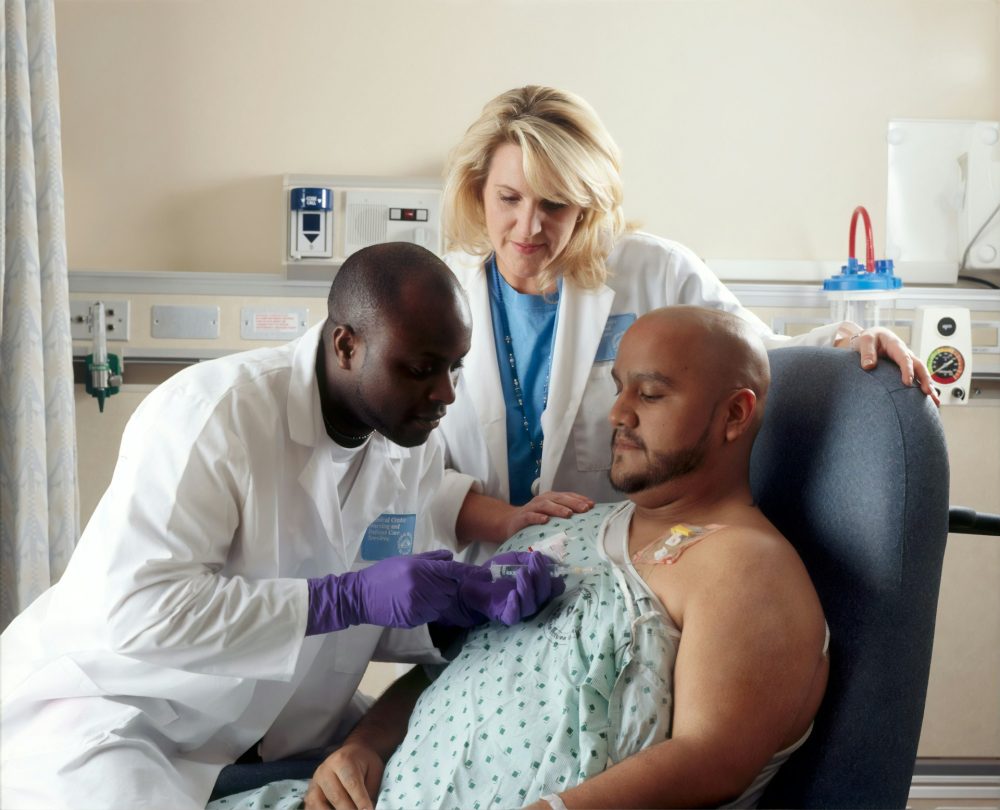
A team from the National Center for Cardiovascular Research (CNIC) has developed an innovative gene therapy that could transform the treatment of arrhythmogenic cardiomyopathy type 5 (ARVC5), a rare and extremely lethal genetic heart disease. This disease, which is particularly devastating in young men, currently has no cure, and available treatments only offer palliative solutions.
The study, led by Enrique Lara-Pezzi, leader of the Molecular Regulation of Heart Failure group at the CNIC and a researcher at CIBERCV, has shown that introducing a healthy version of the TMEM43 gene directly into heart cells significantly improves heart function and prolongs the survival of mice affected by the disease.
New gene therapy treatment significantly improves heart function and survival in ARVC5, paving the way for targeted therapies in inherited cardiomyopathies
The research is the result of more than 10 years of collaboration between a clinical team led by Pablo García-Pavía, from the Puerta de Hierro Majadahonda Hospital and head of the Hereditary Cardiomyopathies group at the CNIC, and a basic-translational group led by Lara-Pezzi, which has allowed us to better understand this disease and offer effective alternatives for its treatment.
After the first patients with this disease were identified in Spain at Puerta de Hierro Hospital, the collaboration between both groups led to the creation of the first model replicating the disease in animals in 2019. Now, researchers have gone a step further by developing a gene therapy to treat this condition.
ARVC5 is caused by mutations in the TMEM43 gene and is characterized by severe arrhythmias and sudden death. It is particularly aggressive in young men, whose average life expectancy is less than 42 years. Although implantable cardioverter-defibrillators (ICDs) are used to prevent sudden death, there are no treatments to slow the progression of the disease.
In this study, published in the journal Circulation Research , CNIC researchers have designed a gene therapy based on adeno-associated viral (AAV) vectors, a safe platform for use in humans, to introduce a functional copy of the TMEM43 gene into the cardiac cells of mice.
Expression of the AAV gene therapy vector (red) in the heart of a treated mouse with ARVC-like disease, demonstrating the successful delivery of functional TMEM43 protein to the heart cells.
The results obtained are promising: the therapy not only improved heart contraction and reduced fibrosis, but also significantly prolonged the lifespan of the treated mice. A single dose of the treatment was sufficient to prevent the electrical and structural alterations typical of the disease.
“This breakthrough brings us closer to a potential cure for this devastating disease,” explains Laura Lalaguna, first author of the study. “By increasing the amount of healthy TMEM43 protein in the heart, we are able to counteract the toxic effects of the mutated protein, improving heart function and slowing disease progression.”
“Furthermore, added Dr. Enrique Lara-Pezzi, this work opens up new therapeutic possibilities for other inherited cardiomyopathies, a group of diseases for which current heart failure treatments are often ineffective. AAV-based gene therapy has great potential to offer targeted and curative solutions, not only for ARVC5, but also for other inherited cardiac disorders.”
This study on gene therapy marks a key step in the search for more effective treatments for rare diseases and could transform the prognosis of affected patients, alleviating the burden of inherited heart disease and reducing the need for constant medical monitoring, which would benefit both patients and healthcare systems.
__
(Featured image by National Cancer Institute via Unsplash)
DISCLAIMER: This article was written by a third party contributor and does not reflect the opinion of Born2Invest, its management, staff or its associates. Please review our disclaimer for more information.
This article may include forward-looking statements. These forward-looking statements generally are identified by the words “believe,” “project,” “estimate,” “become,” “plan,” “will,” and similar expressions. These forward-looking statements involve known and unknown risks as well as uncertainties, including those discussed in the following cautionary statements and elsewhere in this article and on this site. Although the Company may believe that its expectations are based on reasonable assumptions, the actual results that the Company may achieve may differ materially from any forward-looking statements, which reflect the opinions of the management of the Company only as of the date hereof. Additionally, please make sure to read these important disclosures.
First published in diariofarma. A third-party contributor translated and adapted the article from the original. In case of discrepancy, the original will prevail.
Although we made reasonable efforts to provide accurate translations, some parts may be incorrect. Born2Invest assumes no responsibility for errors, omissions or ambiguities in the translations provided on this website. Any person or entity relying on translated content does so at their own risk. Born2Invest is not responsible for losses caused by such reliance on the accuracy or reliability of translated information. If you wish to report an error or inaccuracy in the translation, we encourage you to contact us

-

 Cannabis4 days ago
Cannabis4 days agoLuxembourg’s Cannabis Paradox: Legal at Home, Restricted Everywhere Else
-

 Markets2 weeks ago
Markets2 weeks agoRice Market Update: Prices Dip Amid Weak Exports and Global Pressure
-

 Crowdfunding2 days ago
Crowdfunding2 days agoCommunity Energies 2026: Funding Projects Combating Youth Loneliness
-
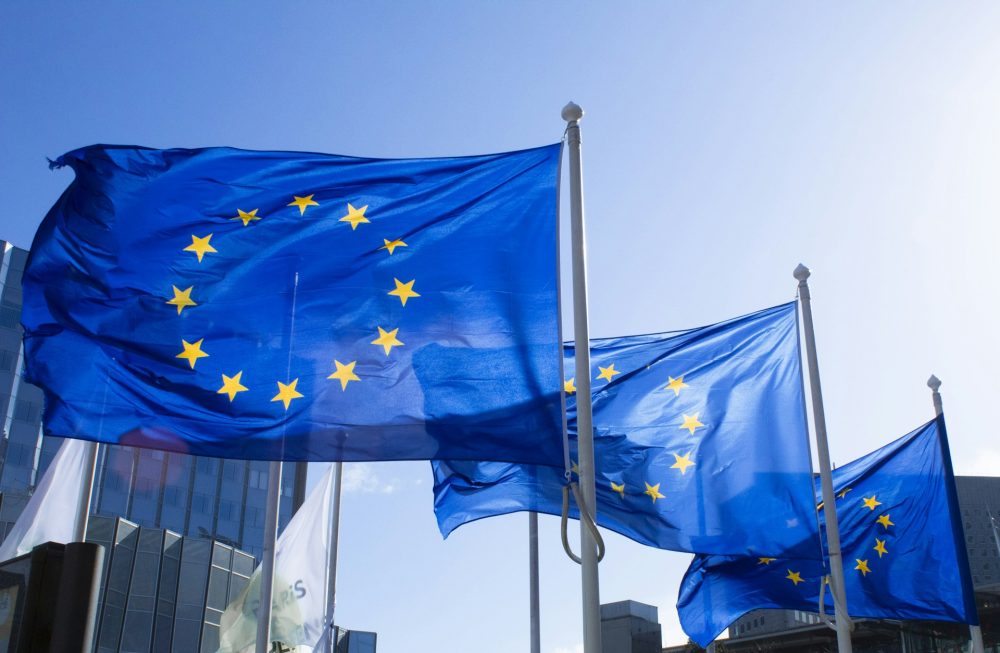
 Impact Investing1 week ago
Impact Investing1 week agoEU Expands Leadership in Sustainable Finance with Record Green Bond Impact


